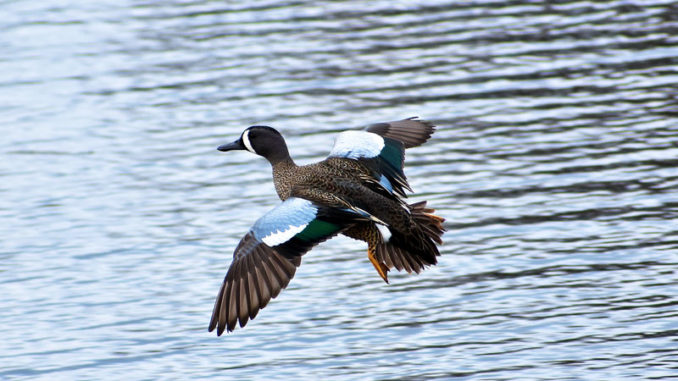
Reynolds: Boom in invasive aquatics across Louisiana’s coast obvious from the air
You certainly expect convection-oven heat in Louisiana over the summer, and this year didn’t disappoint. But September typically signals at least the beginnings of relief, with expectations of the season’s first cool front (hopefully) later this month.
But so far, Mother Nature hasn’t gotten that memo, and high temperatures this September actually have been running anywhere from 5 to 7 degrees above average.
In a word, it’s still really, really hot — and this week’s annual aerial teal survey from the Louisiana Department of Wildlife and Fisheries predictably isn’t anything to write home about. If you’re venturing into a blind this weekend for opening day, you might need more sunscreen than shotgun shells.
The story from above
Larry Reynolds, the LDWF’s waterfowl study leader, crunched preliminary numbers Wednesday evening after his final day of flights across the coast this week, and said he expected the total estimate for this year’s survey would be only around 115,000 – likely the third- or fourth-lowest count on record. Up at Catahoula Lake, Reynolds and his crew counted only about 5,000 birds.
“No matter how you look at it, it’s a weak survey,” Reynolds said Wednesday. “And there were some indications there were expansions of invasive aquatics across coastal Louisiana, and that habitat conditions are probably a little bit below-average.”
With the exception of the September 2017 survey — when Reynolds estimated more than 350,000 blue-wings in the state, the last several years have been pretty poor. Last year’s total was just 59,000 birds, the second-lowest estimate in the survey’s history. Including this survey, the most recent five-year average for September teal is 178,400, and the long-term average is 236,000.
“Obviously, the temperatures are pretty crazy. There’s pretty good wetland habitat to the north of us, but there isn’t a whole lot of food in it,” Reynolds said, noting flocks were very spotty across the coast. “We only counted more than a thousand in two locations. There was a rice field southwest of Gueydan that had a pretty good bunch, and a rice field north of Intracoastal City that had a pretty good bunch …
“But it was just small bunches here and there in the marsh. The biggest bunches, of course, were in the second-crop rice fields that are flooded up. But mostly it was just a pretty quiet survey.”
Invasive aquatics
One thing he did see lots of was invasive aquatics, and noted their growth had increased compared to 2018.
“Across the coast, there has been a noticeable increase in water hyacinth and giant salvinia coverage,” Reynolds said, noting heavy mats in the marsh south of White Lake and in the Caernarvon area, along with some good submerged aquatic vegetation (SAV) that’s covered in algae near the mouth of the Mississippi River at Pass-a-Loutre. “Invasive aquatics are noticeably more abundant this year than they were last year.
“SAV is spotty. In some places, it’s really good but in some places it’s non-existent, especially in Southeast Louisiana. Invasive aquatics have had a good summer, so I’m thinking the habitat is below-average overall.”
Reynolds said his full report, with final estimates and more complete habitat observations, would likely be released later this afternoon. Eventually, it will be posted on the LDWF’s website, wlf.louisiana.gov.


